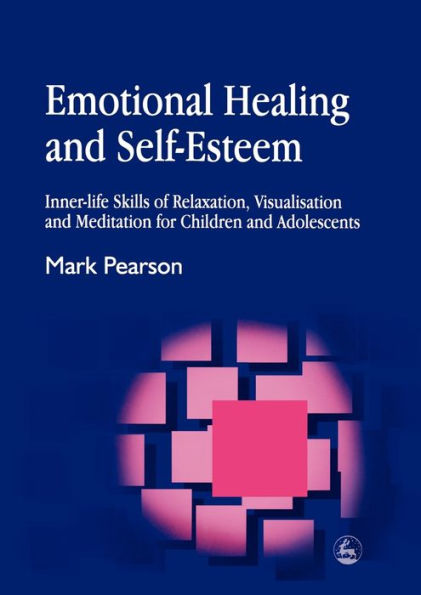Home
The Teenage World: Adolescents' Self-Image Ten Countries
Barnes and Noble
Loading Inventory...
The Teenage World: Adolescents' Self-Image Ten Countries in Franklin, TN
Current price: $109.99

Barnes and Noble
The Teenage World: Adolescents' Self-Image Ten Countries in Franklin, TN
Current price: $109.99
Loading Inventory...
Size: Hardcover
A Cross-National Study of Adolescent Self-Image Adolescence is not, as has been previously assumed, a developmental stage that was defined after the industrial revolution. There is substan tial historical evidence to suggest that adolescence and youth, as a stage, was recognized by the ancient Romans, Greeks, and even Egyp tians. The concept survived through the Dark Ages. In Le Grand Pro prietaire, written in 1556, it is stated: "The third age, which is called adolescence, . . . ends in the twenty-first year . . . and it can go on till thirty or thirty-five. The age is called adolescence because the person is big enough to beget children. In this age the limbs are soft and able to grow and receive strength and vigor from natural heat" (Aries, 1962, p. 21). The span of years devoted to adolescent development varies in different cultures and with different definitions. The term adolescence is no longer equivalent to pubescence. "Adolescence" is a psycho social-biological stage of development that corresponds to changes in many areas which accompany the transition from childhood to adult hood. The working definition of adolescence we use is the stage of life that starts with puberty and ends at the time when the person has attained a reasonable degree of independence from his parents. Once in high school or its equivalent, the vast majority of teenagers have al ready undergone the biological changes of puberty.
A Cross-National Study of Adolescent Self-Image Adolescence is not, as has been previously assumed, a developmental stage that was defined after the industrial revolution. There is substan tial historical evidence to suggest that adolescence and youth, as a stage, was recognized by the ancient Romans, Greeks, and even Egyp tians. The concept survived through the Dark Ages. In Le Grand Pro prietaire, written in 1556, it is stated: "The third age, which is called adolescence, . . . ends in the twenty-first year . . . and it can go on till thirty or thirty-five. The age is called adolescence because the person is big enough to beget children. In this age the limbs are soft and able to grow and receive strength and vigor from natural heat" (Aries, 1962, p. 21). The span of years devoted to adolescent development varies in different cultures and with different definitions. The term adolescence is no longer equivalent to pubescence. "Adolescence" is a psycho social-biological stage of development that corresponds to changes in many areas which accompany the transition from childhood to adult hood. The working definition of adolescence we use is the stage of life that starts with puberty and ends at the time when the person has attained a reasonable degree of independence from his parents. Once in high school or its equivalent, the vast majority of teenagers have al ready undergone the biological changes of puberty.

















